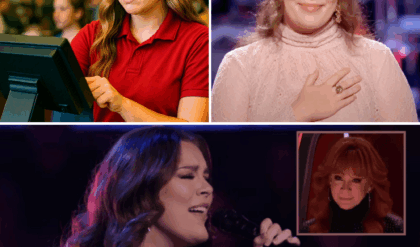Sauron has been featured in almost every Lord of the Rings adaptation, but the first Dark Lord, Morgoth, has yet to be seen in any Tolkien adaptation.
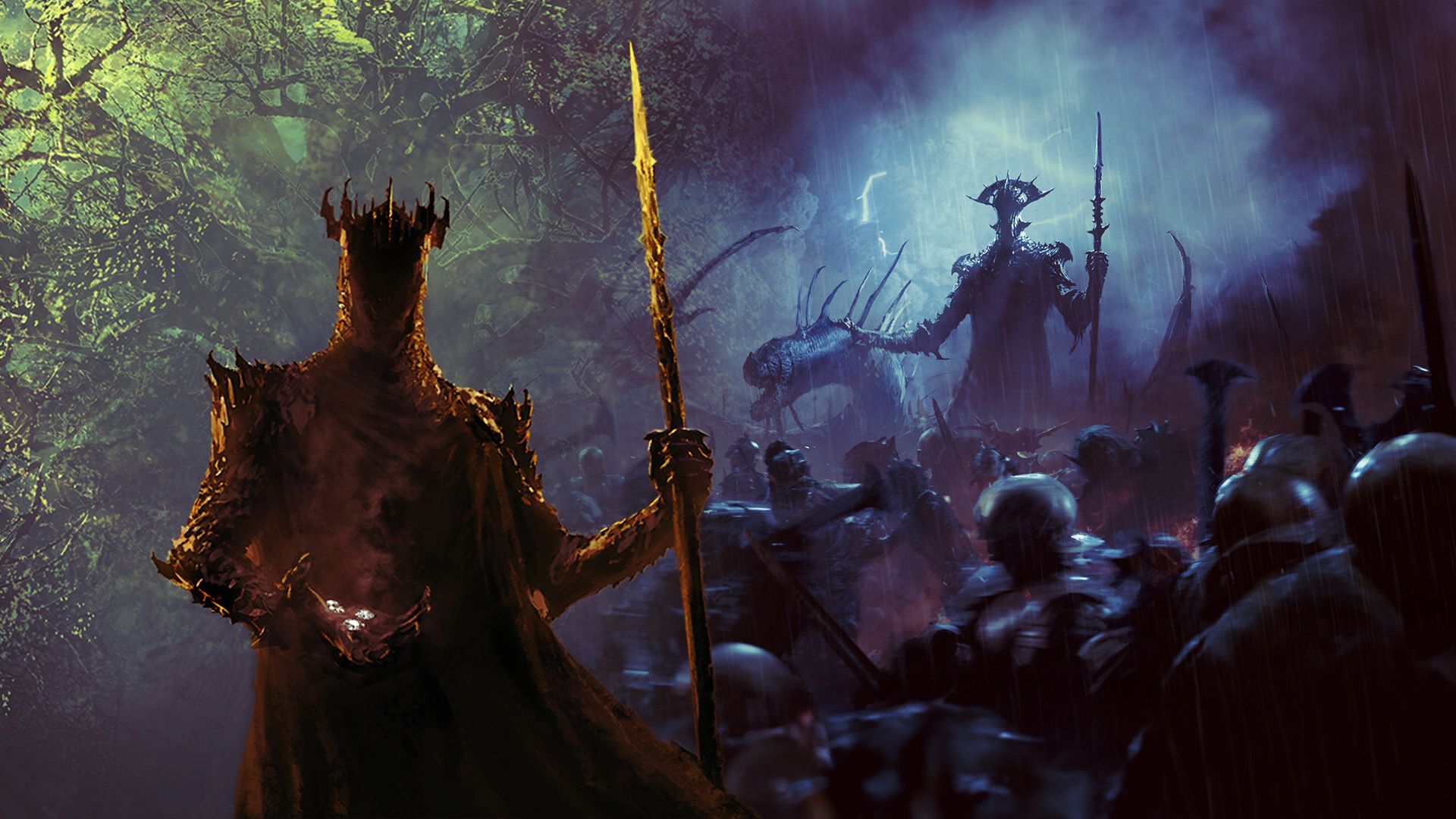
J.R.R. Tolkien’s The Lord of the Rings is one of the definitive works of fantasy literature of the last century. The author’s incredible imagination, knack for worldbuilding, and dedication to character have made his books some of the most revered and influential in their genre. With many different on-screen adaptations, ranging from Peter Jackson’s famous film trilogy to a handful of animated movies from the ‘70s and ‘80s, fans have had no lack of opportunities to experience Tolkien’s work through both film and television.
However, throughout all the adaptations we’ve seen, Middle-Earth’s biggest and most fearsome villain has yet to be seen outright. While yes, Sauron has served as an immensely powerful antagonistic force in many of the adaptations, we are speaking about the Dark Lord that preceded him, Morgoth. Many fan-favorite Middle-Earth stories, such as The Children of Húrin and the tale of Beren and Lúthien, center on Morgoth as the primary villain that plagues the land and its heroes. Here are the basics of what you need to know about Morgoth, why we haven’t seen him on-screen yet, and how we might expect him to show up sooner rather than later:
Who Is Morgoth?
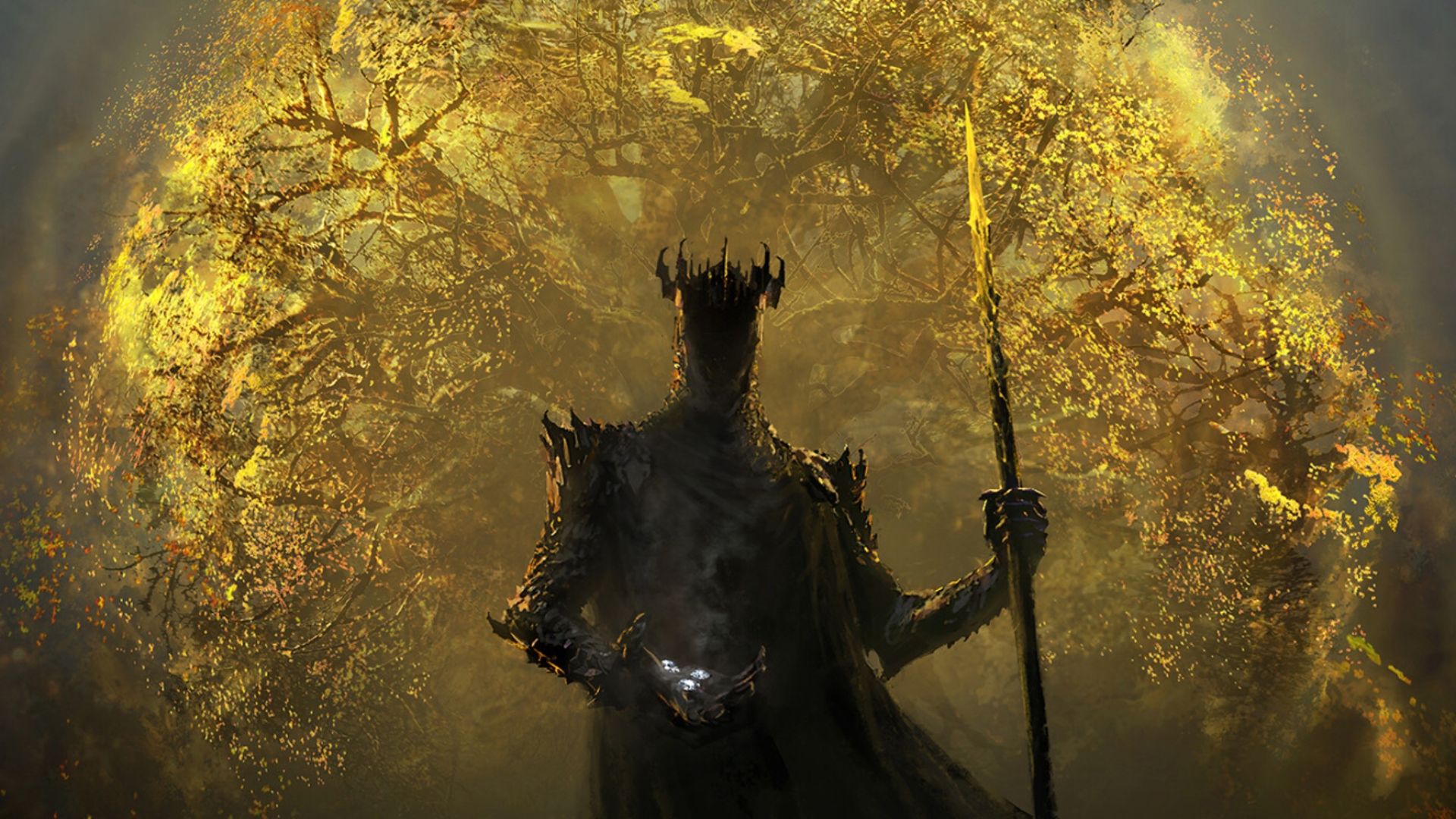
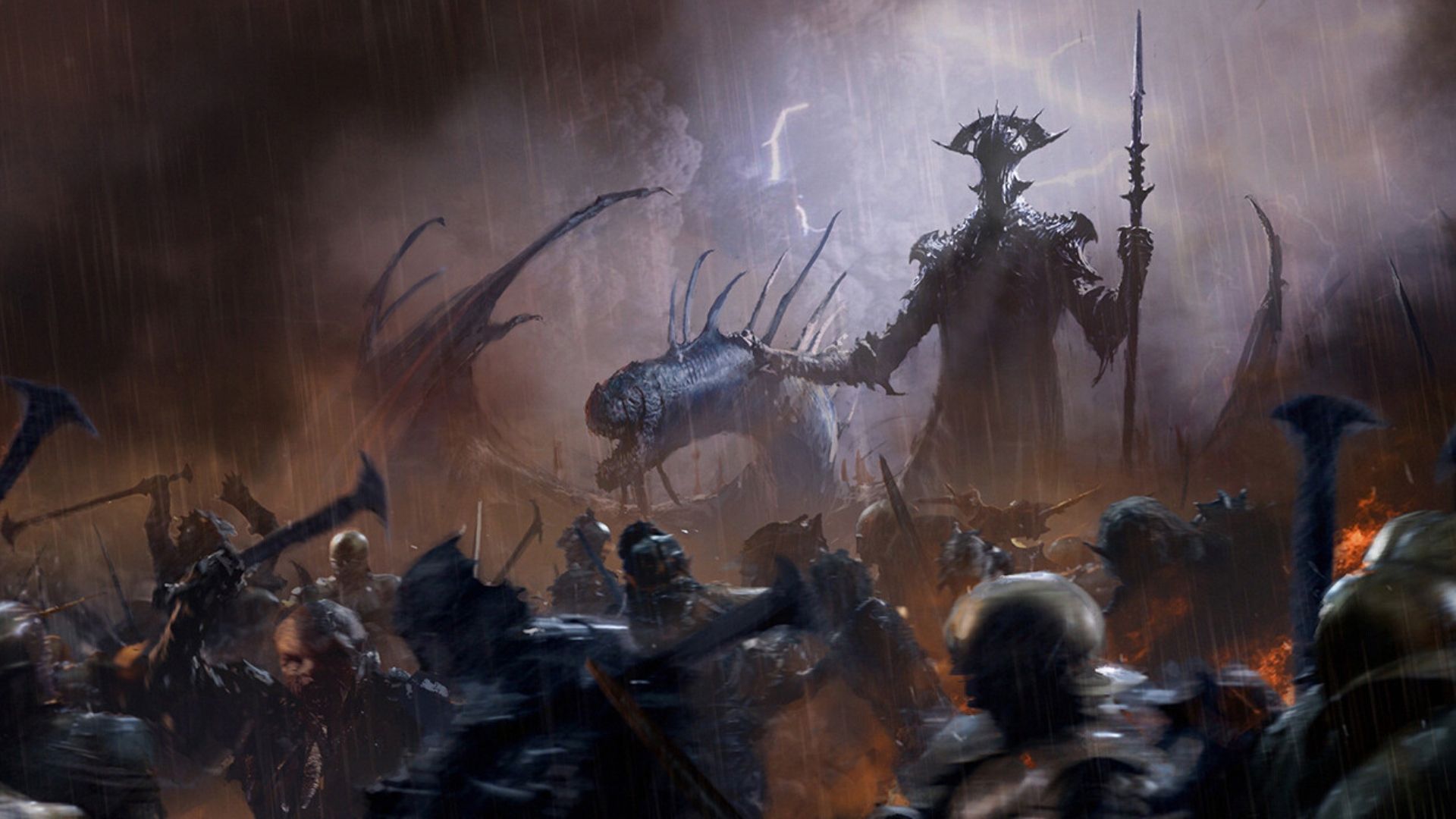
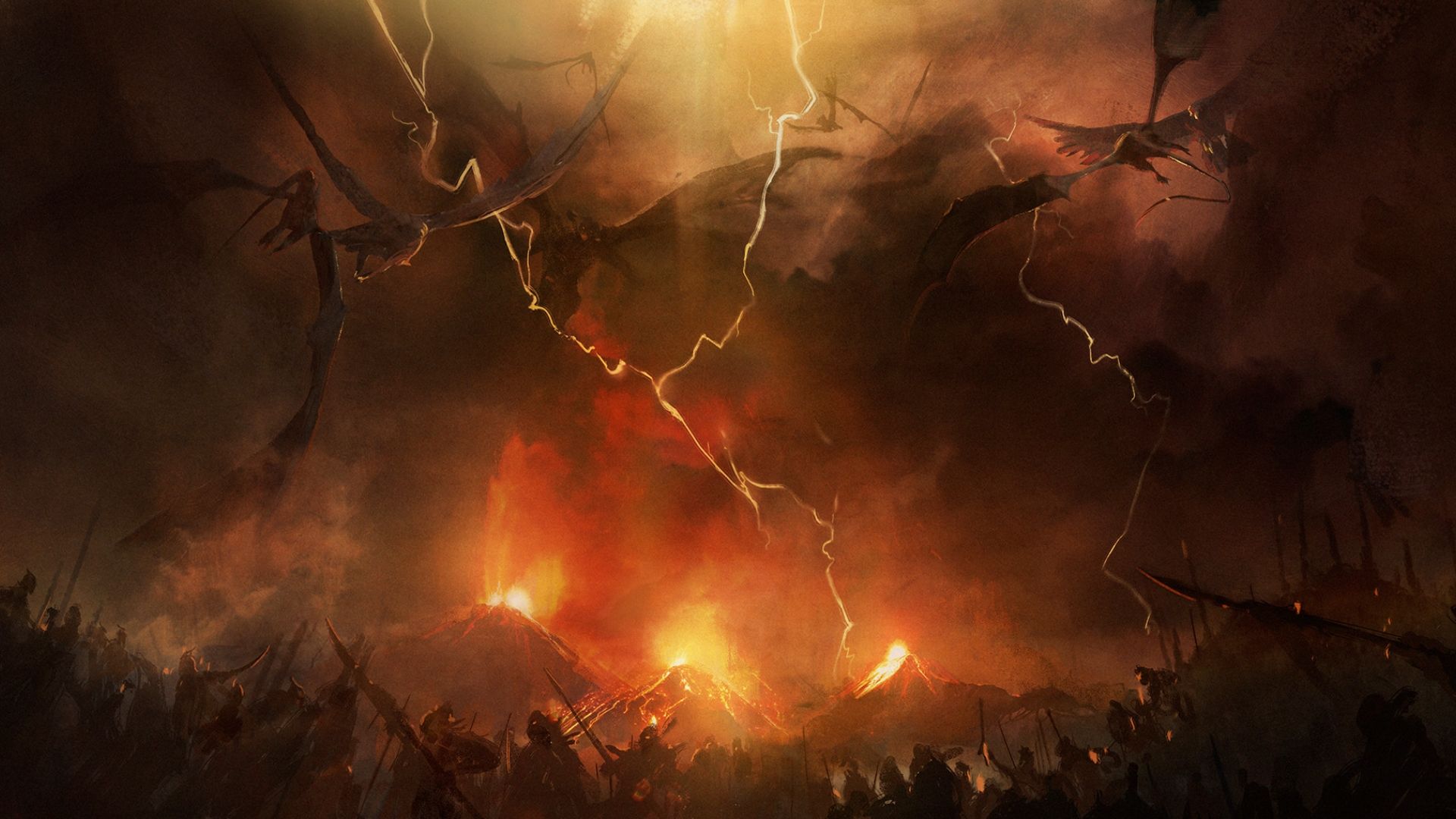
To explain who Morgoth is and why he was such a threat to Middle-Earth, we need to delve deeply into the lore of The Lord of the Rings. That latter book details most of the events surrounding the creation of Middle-Earth and the following Ages that ultimately lead to the story that unfolds in Tolkien’s core Lord of the Rings trilogy. Here’s the basic set-up: The gods of Middle-Earth were the Valar, who ruled over the world at the behest of Eru Ilúvatar, the “One Above All” who brought the Valar and all the universe into existence. Of all the Valar, the most powerful were Manwë, Ulmo, and Melkor.
While most of the Valar sought to follow Ilúvatar’s will and use their power for good, this was not the case for all of them. Primarily, Melkor was a supremely jealous Vala who lusted for power and control in whatever way he could gain it. This frequently led to Melkor clashing with the rest of the Valar during their building of Middle-Earth. After several wars among the gods, Melkor was imprisoned and things were mostly peaceful for a while, allowing for the likes of Elves, Men, and other peoples to make their homes in Middle-Earth.
However, Melkor’s treachery could not be contained forever. He sowed distrust among the Valar and the Elves that resided among them, before eventually destroying the Two Trees of Valinor and plunging the entire world into darkness. These misdeeds resulted in the legendary Elf Fëanor cursing the evil Vala, giving him the new name of “Morgoth,” which translates to “Dark Enemy.”
Morgoth then fled to the mainland of Middle-Earth, where he sought to conquer and rule over all free peoples. Morgoth’s conquest of Middle-Earth became the definitive conflict of the First Age of Middle-Earth. He had many powerful servants to aid him in this endeavor, including a legion of Balrogs, as well as one of the most powerful Maiar (minor gods), Sauron.
The Complications of Putting Morgoth On-Screen
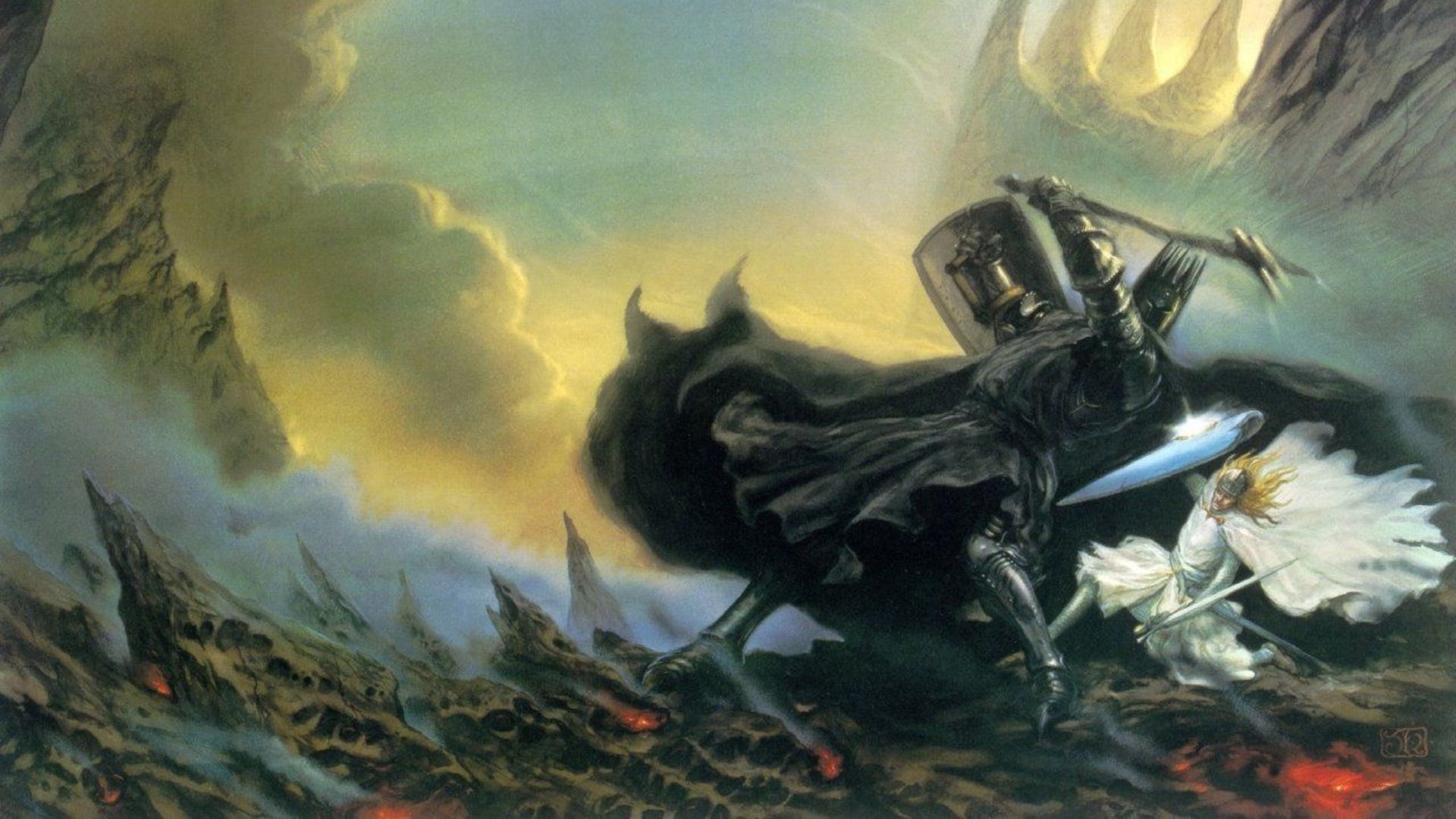
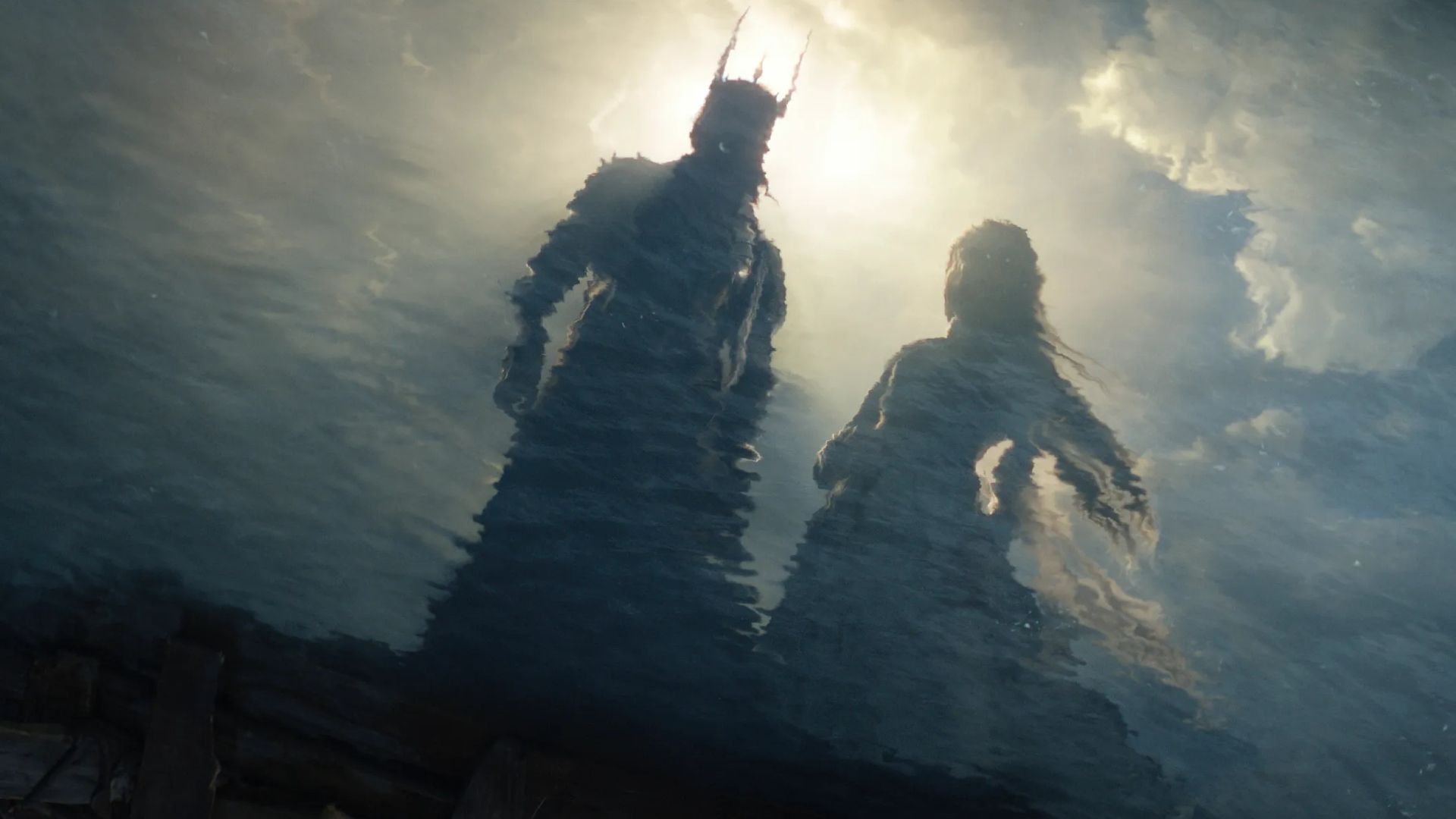
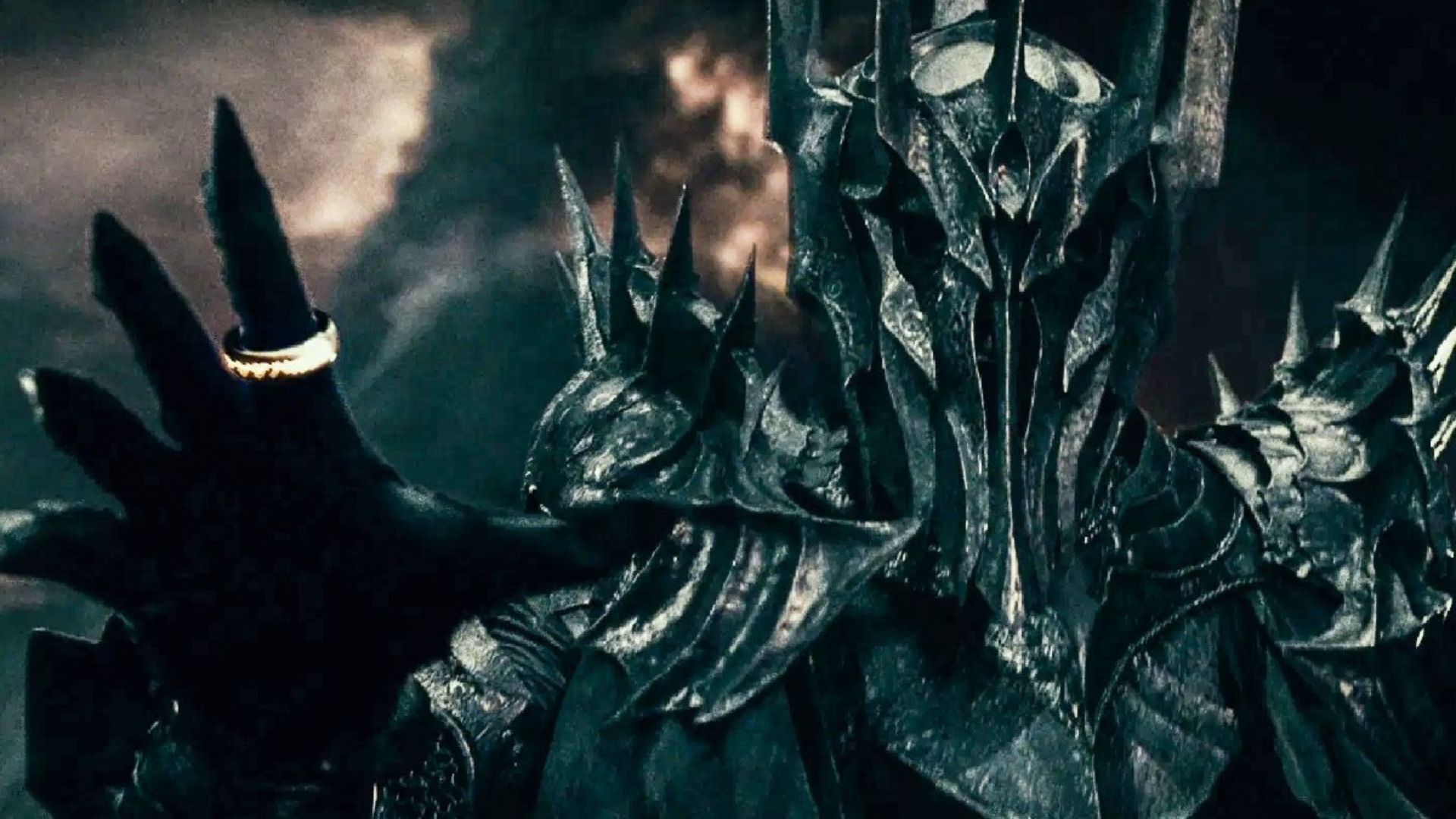
There are a handful of obstacles that have resulted in the lack of Morgoth in the Lord of the Rings material that has been adapted so far. Primarily, the biggest reason is that there have not been any direct adaptations of any story from The Silmarillion. Given Morgoth’s defeat at the end of the First Age, he does not factor into any stories from the Second or Third Age, which every adaptation we have received, ranging from The Rings of Power to Jackson’s Hobbit movies, has been set in.
The reason that no stories from The Silmarillion have been adapted is simple: no studio or filmmaker has had the rights to do so. The Tolkien Estate has been very protective of the author’s most detailed novel, so only the rights to The Hobbit, The Lord of the Rings, and the various stories included in the Appendixes of The Return of the King have been on the table for adaptation. Even a show like The Rings of Power, which could benefit tremendously from access to The Silmarillion, has been mostly handcuffed to the specific stories and details provided in Tolkien’s Appendixes.
Even if Morgoth was on the table, however, bringing the character to life through film or television would still prove incredibly difficult. A key part of this is that, to put it plainly, the character doesn’t feel all that different from Sauron. While he’s undoubtedly more powerful than Sauron, and the stories surrounding him are quite different, Morgoth’s actions, appearance, and overall aura are nearly identical.
This isn’t an accident or oversight on Tolkien’s behalf, as the stories he wrote show how Sauron clearly and purposefully modeled himself to be Morgoth’s successor in every way following the First Age. However, when general audiences only know the stories that feature Sauron, introducing Morgoth into the equation could result in viewers feeling like the character is just more of the same.
He Could Show Up in The Rings of Power
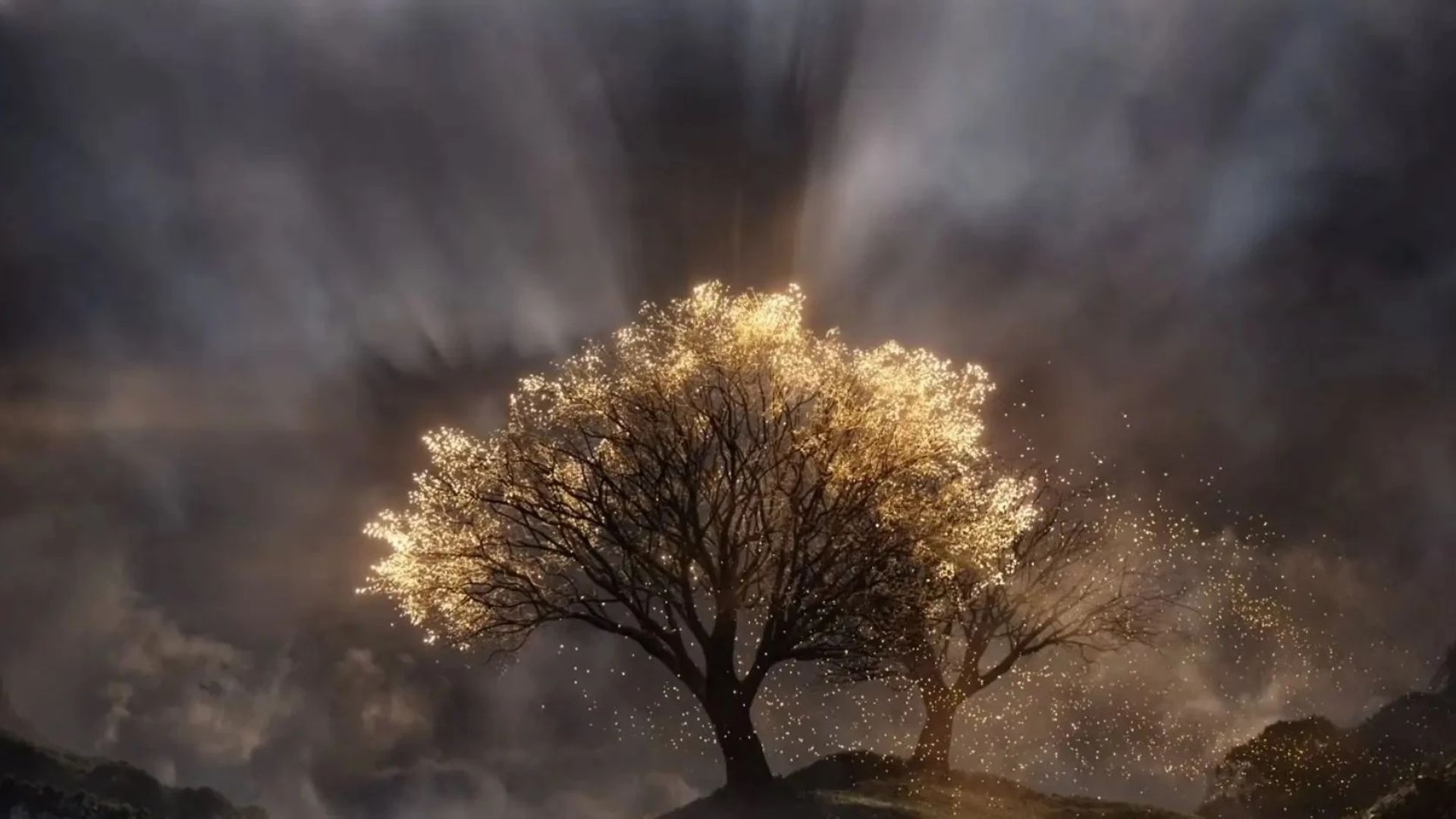
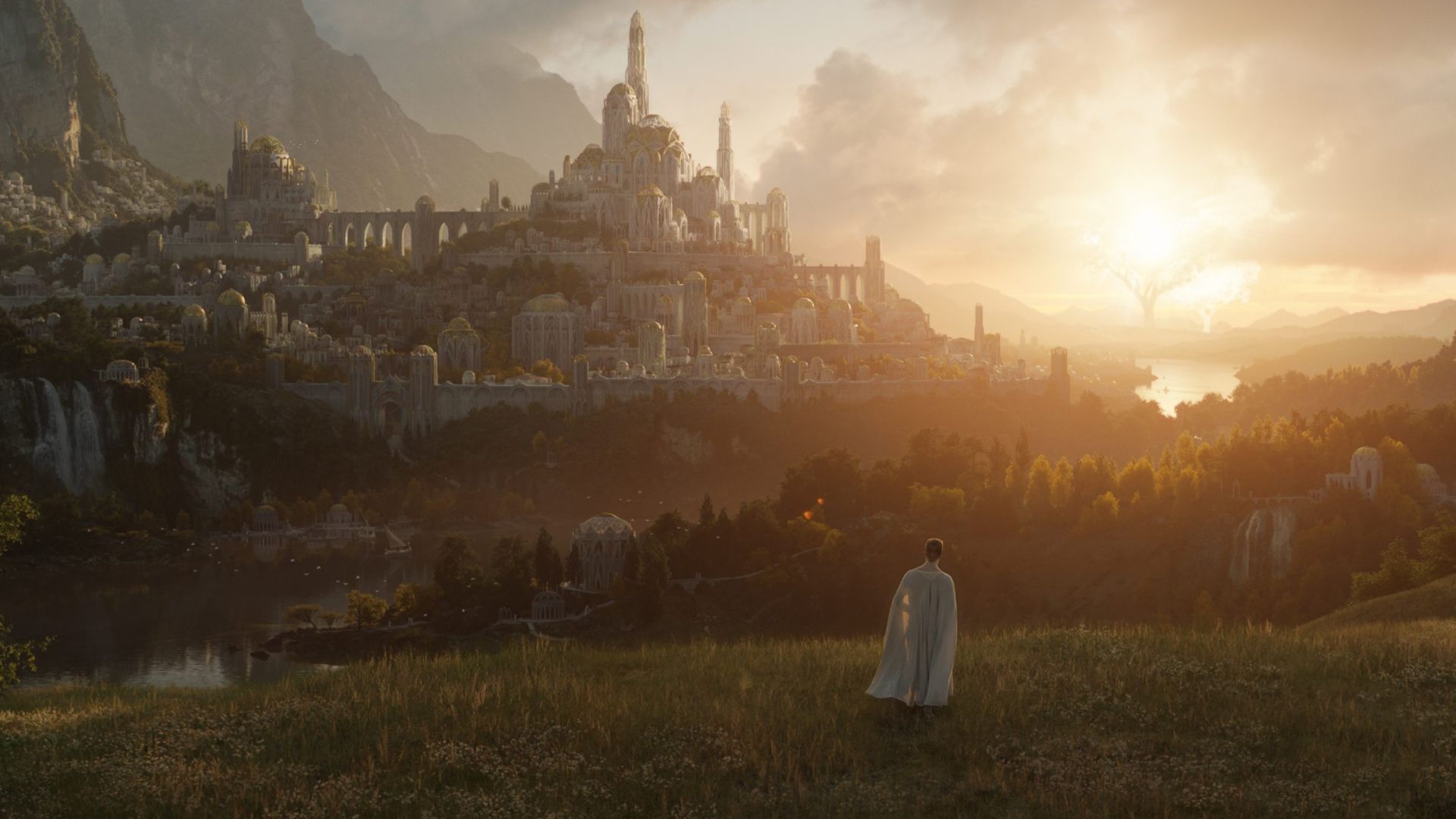
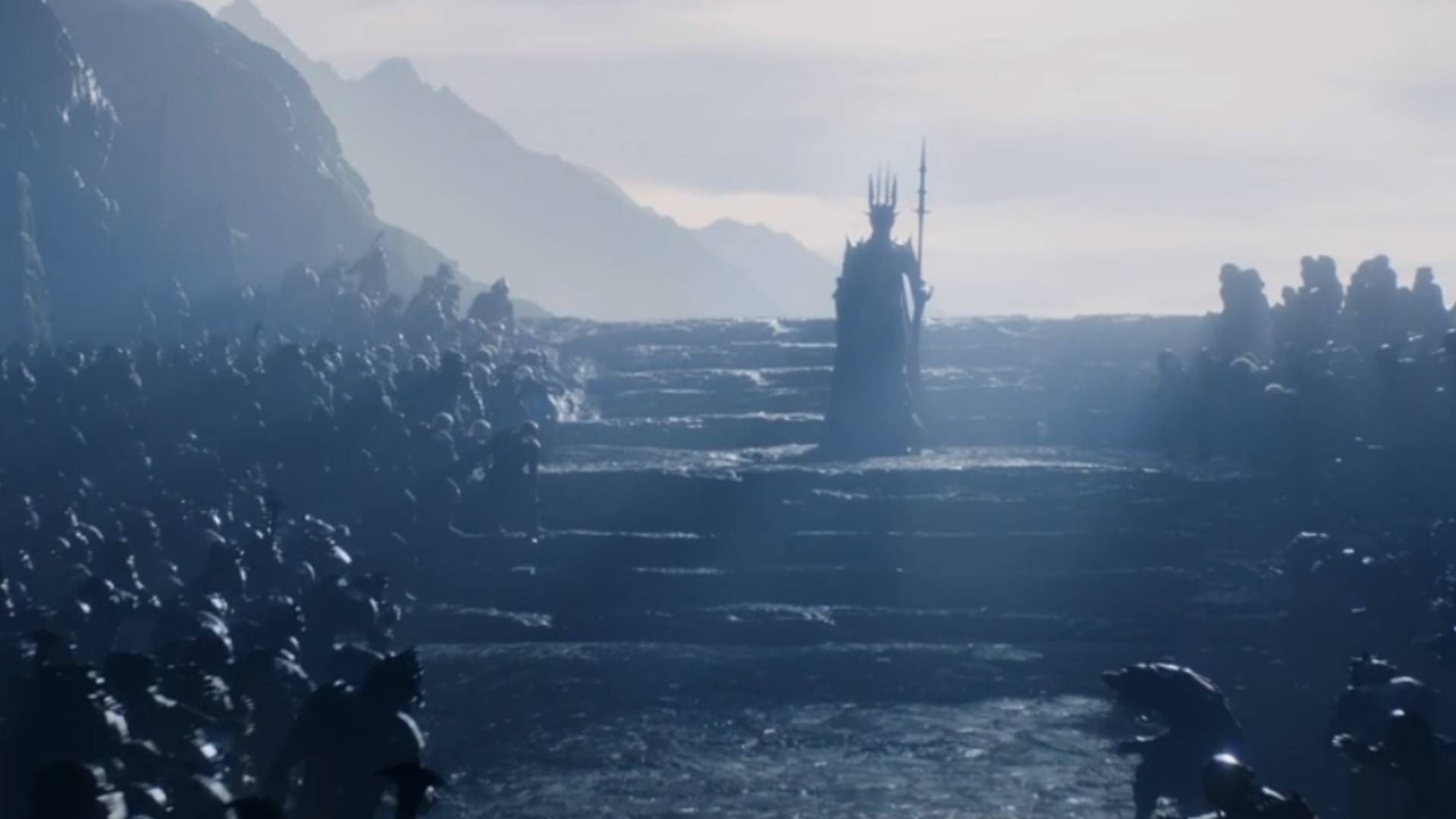
While these obstacles have stood in the way of bringing Morgoth and the stories of The Silmarillion to life in the past, that may not always be the case. There are a few things that indicate that this story could be changing, as the door to The Silmarillion has been cracked open just a smidge in recent years. Prime Video’s The Rings of Power has already flirted very closely with the stories of The Silmarillion, leading some fans to speculate that Amazon has reached a deal giving them access to that book in addition to the television rights to The Lord of the Rings they’ve already acquired.
So far, in The Rings of Power, there have been a handful of references specifically made to Morgoth and the events of the First Age and earlier. Most notably, the prologue that kicks off the first episode even depicts the Dark Enemy’s destruction of the Two Trees of Valinor, with his great shadow lingering over both of them. While this shadow doesn’t give up a clear look at Morgoth, it does mark the first time that the presence of the first Great Evil was depicted on-screen in any way. With the second season of The Rings of Power likely debuting later this year, rumors have been running wild about the ways that the sophomore season of the Prime Video series will continue to embrace the deeper lore of The Silmarillion.
Finally, one of the biggest reasons for optimism about seeing Morgoth and the stories of The Silmarillion on-screen is because of the evolving ownership behind it all. The question of ownership behind The Lord of the Rings is a tangled web that we won’t completely untangle here. But the long story short is that Embracer Group acquired Middle-Earth Enterprises a few years ago (along with all the film and adaptation rights to Tolkien’s works), and it was recently unveiled that the slightly-renamed Middle-Earth Enterprises & Friends will now be spinning off into its own, publicly-listed company. Combine this with the commitment from Warner Bros. to develop The Lord of the Rings into a film franchise reminiscent of Star Wars, and the board is clearly set for a new era of Tolkien films, which could potentially, finally, unveil Middle-Earth’s greatest villain to general audiences.
